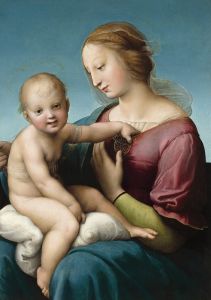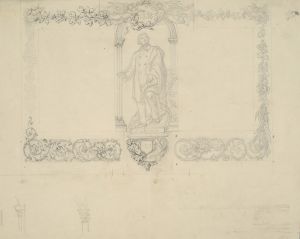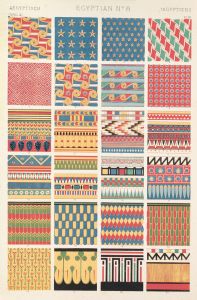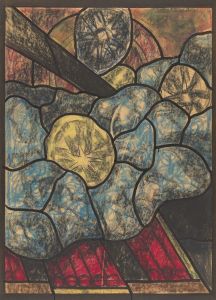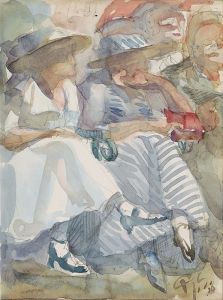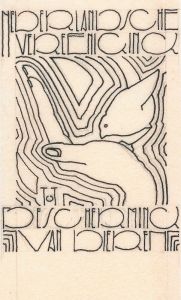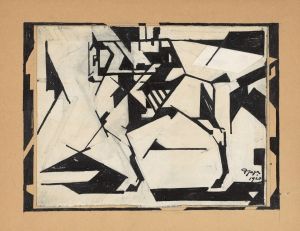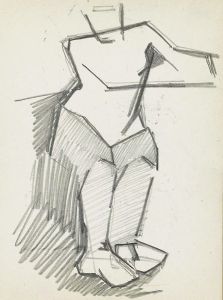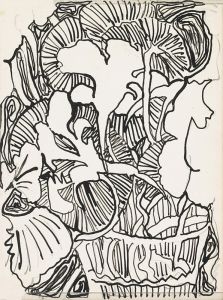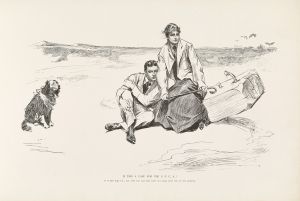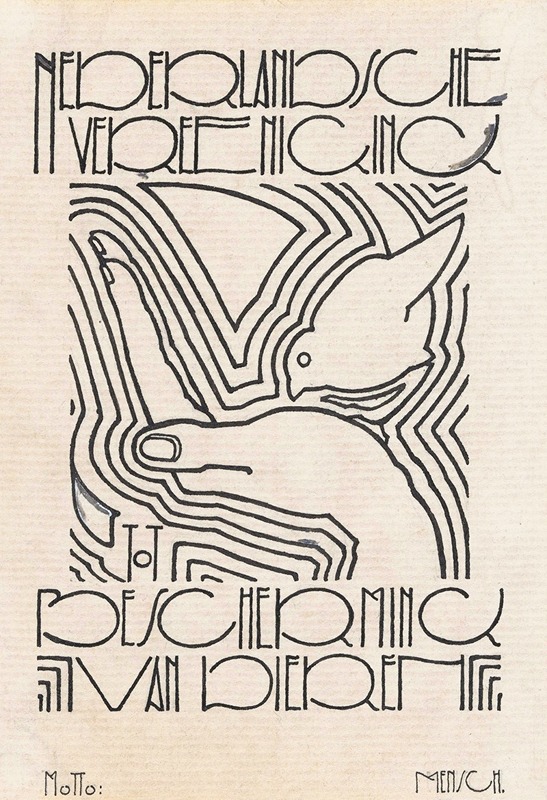
Ontwerp voor vignet voor `Nederlandsche Vereeniging tot Bescherming van Dieren’
A hand-painted replica of Reijer Stolk’s masterpiece Ontwerp voor vignet voor `Nederlandsche Vereeniging tot Bescherming van Dieren’, meticulously crafted by professional artists to capture the true essence of the original. Each piece is created with museum-quality canvas and rare mineral pigments, carefully painted by experienced artists with delicate brushstrokes and rich, layered colors to perfectly recreate the texture of the original artwork. Unlike machine-printed reproductions, this hand-painted version brings the painting to life, infused with the artist’s emotions and skill in every stroke. Whether for personal collection or home decoration, it instantly elevates the artistic atmosphere of any space.
Reijer Stolk was a Dutch artist known for his contributions to graphic design and printmaking in the early 20th century. One of his notable works is the "Ontwerp voor vignet voor Nederlandsche Vereeniging tot Bescherming van Dieren’," which translates to "Design for the vignette for the Dutch Society for the Protection of Animals." This piece reflects Stolk's involvement in social causes and his ability to convey messages through art.
The "Nederlandsche Vereeniging tot Bescherming van Dieren" was an organization dedicated to animal welfare in the Netherlands. Founded in the 19th century, the society aimed to promote the humane treatment of animals and raise awareness about animal rights. Stolk's design for the society's vignette would have been used for promotional materials, publications, or official documents, serving as a visual representation of the organization's mission.
Reijer Stolk was born in 1896 in the Netherlands and became an influential figure in the Dutch art scene. He was part of the broader movement of artists who were engaged in creating art that was not only aesthetically pleasing but also carried social and political messages. Stolk's work often included elements of symbolism and was characterized by a strong sense of composition and attention to detail.
The design for the vignette likely incorporated elements that symbolized protection and care for animals, aligning with the society's goals. While specific details of the vignette's imagery are not widely documented, it can be inferred that Stolk's style, which often included clean lines and a balanced composition, would have been evident in the work. His ability to distill complex ideas into simple yet powerful images would have made the vignette an effective tool for communication.
Stolk's contribution to the "Nederlandsche Vereeniging tot Bescherming van Dieren" highlights the role of artists in social advocacy. By creating a visual identity for the organization, he helped to communicate its values and mission to a broader audience. This collaboration between art and social causes was a common theme in Stolk's career, as he believed in the power of art to influence society and promote change.
Throughout his career, Reijer Stolk remained committed to using his artistic talents for the greater good. His work for the Dutch Society for the Protection of Animals is just one example of how he leveraged his skills to support causes he believed in. Stolk's legacy as an artist is marked by his dedication to both his craft and his social convictions, making him a respected figure in the history of Dutch art.
In summary, Reijer Stolk's "Ontwerp voor vignet voor Nederlandsche Vereeniging tot Bescherming van Dieren’" is a testament to his skill as a designer and his commitment to social issues. While specific details of the vignette are not extensively documented, its creation underscores the important role of art in advocacy and the enduring impact of Stolk's work in the realm of social justice.





